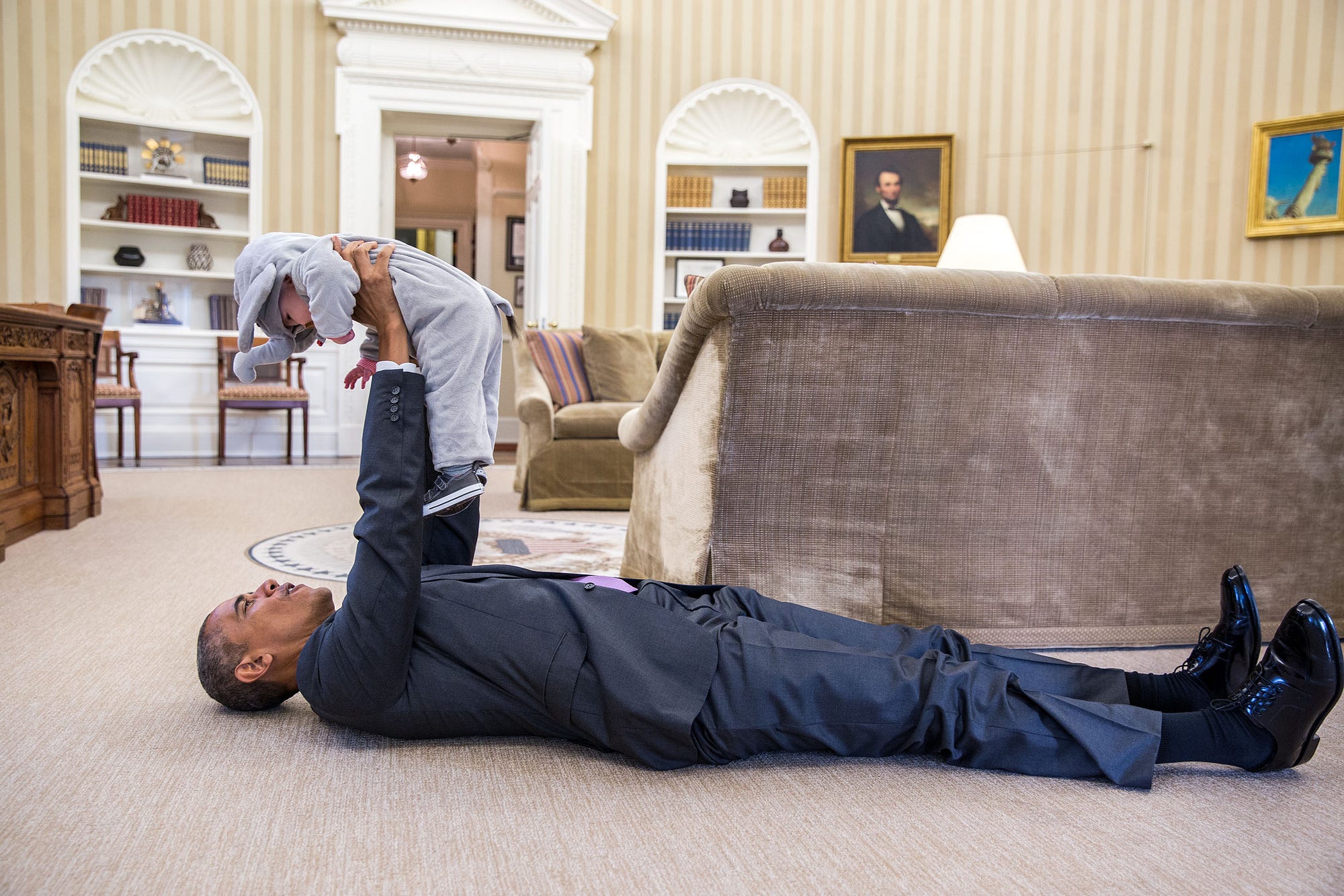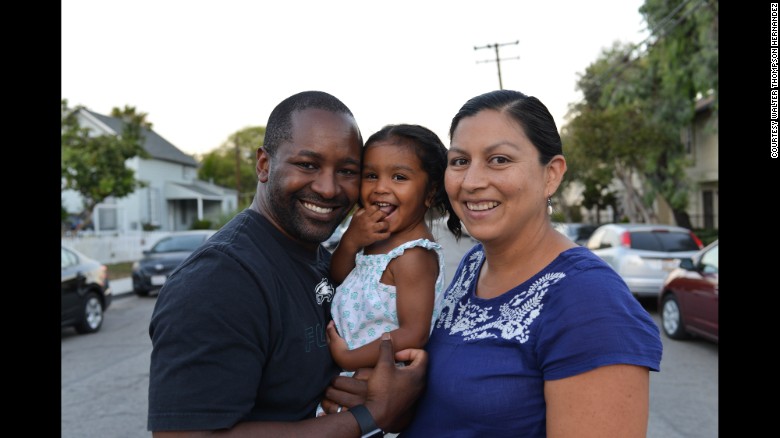Why Zoe Saldana was the wrong black woman to play Nina SimonePosted in Articles, Arts, Literary/Artistic Criticism, Media Archive, United States, Women on 2016-03-09 01:50Z by Steven |
Why Zoe Saldana was the wrong black woman to play Nina Simone
The Telegraph
2016-03-04
With her long silky hair and brown tan skin, Zoe Saldana may well be black. But is she “black enough” to play Nina Simone?
Some people seem to think not. Ms Simone’s surviving family have asked Saldana, who darkened her skin with make-up to star in the upcoming biopic Nina, to “take [her] name out of your mouth for the rest of your life.” Many Americans agree.
.@zoesaldana Cool story but please take Nina's name out your mouth. For the rest of your life.
— Nina Simone (@NinaSimoneMusic) March 3, 2016
To some it may seem strange that a woman with parents from Puerto Rico and the Dominican Republic – where 85 per cent of people have African ancestry – should be regarded as not being “black”. But to understand this, we need to consider the way race has been constructed by our society.
As a mixed women with a white mother and black father, I should logically be regarded as “half-white” as often as I am “half-black”. Yet this doesn’t happen, because race is not logical. Instead, whiteness is a social construct which depends on a myth of racial purity and exclusivity, with no room for anyone with visibly African ancestry, no matter how light our skin. In the USA, this was typified by the “one drop rule” – a legal principle which decreed that anyone with a single African ancestor was “black” for the purposes of segregation. For many people, black is simply black.
This can be a powerful concept: I identify as black, not mixed-race, precisely because it is an inclusive category which allows unity between a very wide range of people. But that plurality can also obscure things. I am always sensitive to the advantages I might have in comparison with darker skinned black women, because the truth is that there is a huge difference in how society treats us…
Read the entire article here.






